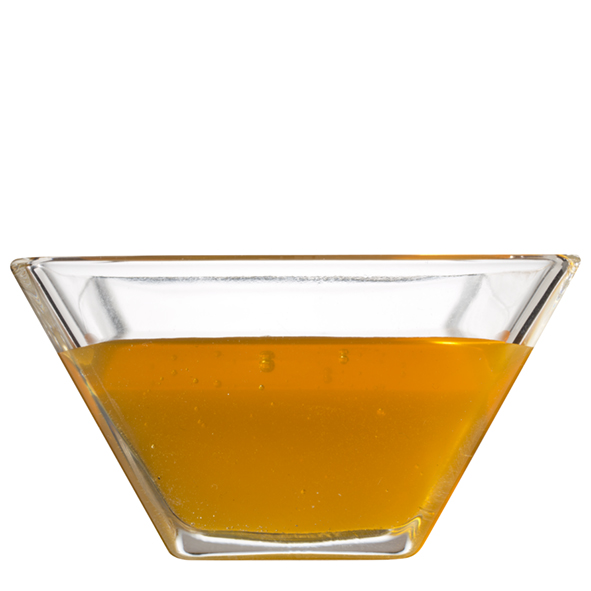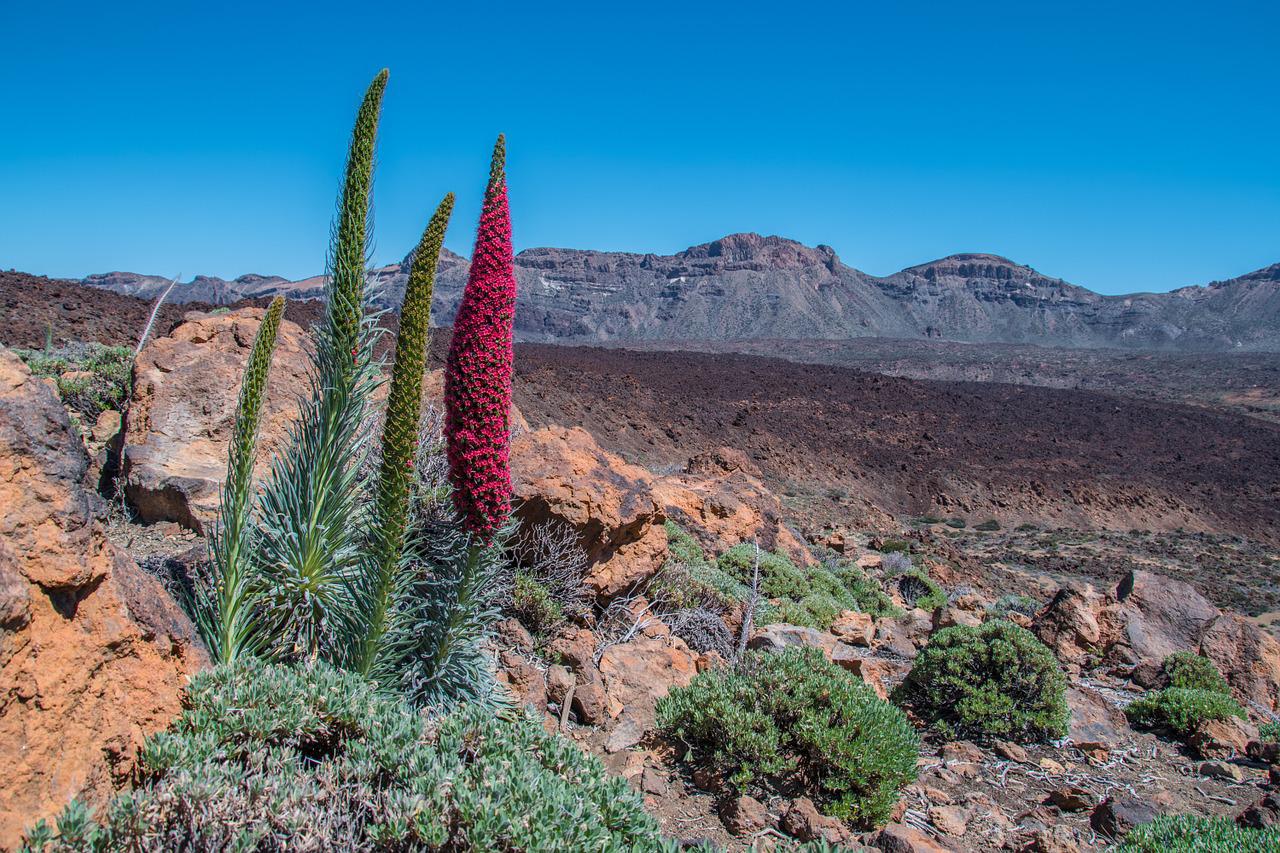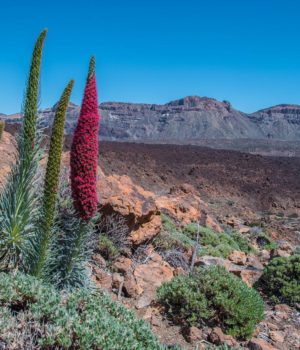Discover the singularities of the honey from Tenerife. What curious species do bees get pollen from? What exactly does the Honey House? Let's see it!
The most interesting of the island
It is always a pleasure to treat the rivera and very interesting Canarian gastronomy. In this case we do it hand in hand with honey from Tenerife, one of the three PDOs in Spain along with that of The Alcarria and of Grenada. Thus, we refer to a product recognized for its excellent quality.
The first thing we should mention is that it comes from all over the island. For this same reason there are many types of honey within the PDO. That is, the climate of Tenerife has nothing to do in the coastal areas with that of the center of the island. Thus, the bees do their work with the different plants adapted to each area.

Within this honey we have the varieties multifloral y monofloral. The former are made from the pollen of all the flowers in an area with high biodiversity. In contrast, monoflorals come mostly from the pollen of a single plant. Within these we have endemic species that are exotic to those who do not live on the islands.
What flowers does Tenerife honey come from?
We have the honey Teide broom or of tajinas. This last word, which sounds so Canarian, refers to vertical cones full of red flowers. Other examples are honey avocado, chestnut, heath y neigh. It is another endemic species, the latter characterized by the greenness of its leaves and its yellow flowers. fennel, pennyroyal y agave correspond to other curious.
To end the honey from Tenerife monofloral, we have the malpica and of kettle. The first was introduced from other places during the time of colonialism and has its curiosities. For example, this is the plant used by Masai to relieve the symptoms of malaria. On the other hand, the second one is typical of the Canary Islands and produces some legumes as fruit.
What the PDO entails
This recognition at European level was granted in 2014 After years of pressure from the Island Council. Today, the appellation of origin is managed from the municipality of El Sauzal. The Cabildo already had a farm in 2016 when the initiative began. The objective was to protect island beekeepers by ensuring that their honey had a value added.

La Honey House It provides support in various tasks such as collection, extraction, filtering, packaging, labeling... It also carries out quality controls on honey and offers technical advice. In addition, it trains beekeepers and has its own beekeeping cabinet.
In the last two years the production of honey from Tenerife has increased a 76%. He has managed to recover very well from the pandemic and has incredible potential. The Cabildo emphasizes continuing with the professionalization of the sector and with good pest control practices. They also emphasize planting attractive species for bees. What do you think? Did you know that honey is one of the star products of the island?







